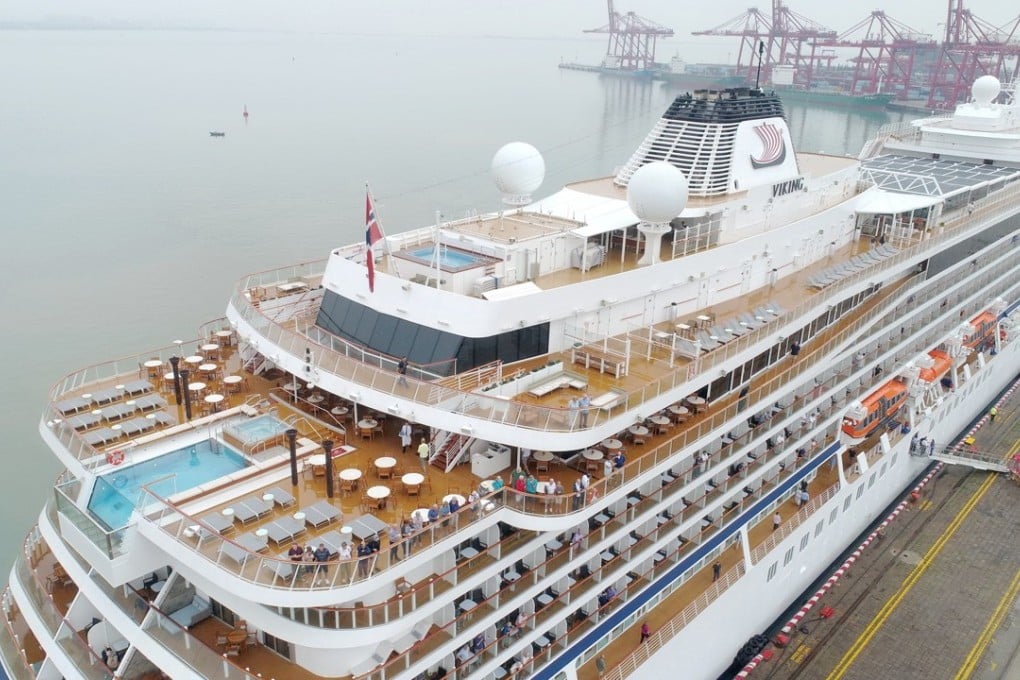Haikou opens the way to a more intimate exploration of the ocean
Whether exploring the locale’s aquatic offerings, or embarking on a cruise overseas, Hainan’s capital city serves as the ideal launching point

Perfectly situated on the South China Sea, and with easy access to mainland China and neighbouring countries, the port of Haikou is an emerging nautical tourism centre.
Located on the Nandu River, Haikou faces the Chinese mainland across the Qiongzhou Strait. While the city is an important shipping and trading port, cruise tourism is fast becoming an essential part of the city’s maritime operations.
Aiding the area’s transformation into an international coastal tourism centre are a slew of regional and national policies: lighter restrictions on offshore duty-free purchases; greater visa-free access that began in May, and the promotion of international cruise tourism.
In fact, Haikou is helping to transform ocean tourism, and China has already become the second largest source of cruise ship tourists worldwide. Haikou’s port infrastructure is expanding to berth ships up to 150,000 tonnes, part of Hainan’s plans to notch 1 million annual cruise passengers by 2020.
The Haikou Port (Xiuying Port) and the Haikou New Port (Xingang) collectively host dozens of ships offering domestic trips to and from places such as Beihai, Guangzhou, Hai’an, Shenzhen, and Zhanjiang. The most popular international trips include visits to the Philippines and Vietnam. And many international cruises originating in Hong Kong feature stops in Haikou.
The city’s docks primarily welcome travellers from the Chinese mainland via ships from Guangdong. The Haikou New Port’s 3.8 billion yuan (HK$4.7 billion) upgrade, which wrapped up last year, gives the port the annual ability to handle up to a million vehicles and 6 million passengers.
